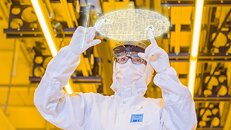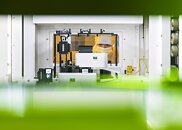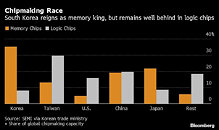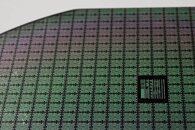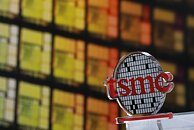
ASML is the Next Bottle Neck in Chip Manufacturing
There have been several announcements of new semiconductor fabs being built all over the world, but those fabs might end up being empty shells, all because of a single company. ASML or Advanced Semiconductor Materials Lithography if you prefer, is a Dutch company that produces various types of photolithography machines that are used to produce semiconductors. They're the world leader in their field and their machines are used by the likes of Intel and TSMC to do the physical etching of the silicon wafers that semiconductors are produced from. Now a warning from ASML's CEO, Peter Wennink has arrived, stating that the company can't keep up with demand.
The company isn't expecting to fulfil orders for at least the next couple of years, despite expecting to ship more machines this year than last year and more machines next year than this year. As each of these machines are largely custom made for its customers and hand built, due to the low production volumes, it takes a lot of time to construct each of these huge machines. Wennink said that the company "really needs to step up our capacity significantly more than 50 per cent. That will take time."
The company isn't expecting to fulfil orders for at least the next couple of years, despite expecting to ship more machines this year than last year and more machines next year than this year. As each of these machines are largely custom made for its customers and hand built, due to the low production volumes, it takes a lot of time to construct each of these huge machines. Wennink said that the company "really needs to step up our capacity significantly more than 50 per cent. That will take time."
















